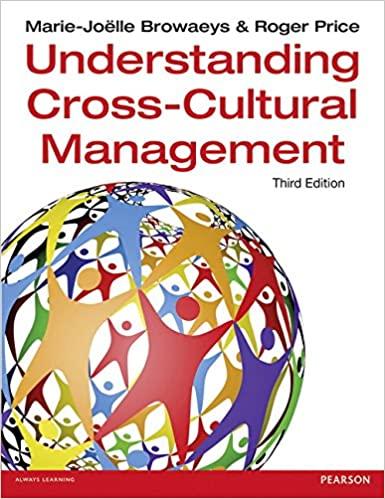Question
Read the following article and then answer the questions 4 and 5 (relate to the article). Economists have long argued that tariffs are bad for
Read the following article and then answer the questions 4 and 5 (relate to the article).
"Economists have long argued that tariffs are bad for a country's development in the long run. They raise prices for consumers, steer capital away from the most productive investments and breed inefficiency and rent-seeking by limiting competition from abroad. To that long list add another baleful consequence: by coddling farmers, agricultural tariffs encourage them to have more children and to educate them less, hampering economic growth for decades into the future.
The authors, Vincent Bignon of the Bank of France and Cecilia Garca-Pealosa of Aix-Marseille School of Economics, look at the relationship between agricultural tariffs and demography in France in the 1890s. In particular, they look at how the Mline tariff on grain, which was introduced in 1892, affected France's demographic transition.
The Mline tariff raised food prices by more than a quarter, as well as boosting agricultural wages. The authors found that fertility rates rose and primary-school attendance fell in the districts that benefited most from the tariff. This was because higher farm wages enabled parents in rural areas to have more children. It also reduced the relative return to education by increasing wages for (uneducated) agricultural labourers, thereby discouraging parents from sending their children to school.
As a result, Mr Bignon and Ms Garca-Pealosa argue, the tariff strongly reduced human-capital formation in late-19th-century France. Their results show that in areas with the most employment in agriculture, the Mline tariff halted a century-long decline in the birth rate and set educational development back 15 years.
There is some evidence of a similar relationship in the modern world. Studies of the impact of agricultural tariffs in sub-Saharan Africa suggest that they encourage subsistence farming rather than prompting export industries to grow.Farmers may like the sound of agricultural protectionism, but it does not do their children any good at all."
4. Using the arguments from the article to explain the difference between trade protectionism and import substitution strategy. (3 marks)
5. What is the relationship between the nominal tariff (t) and the effective protection rate (p)?(2 marks)
Hint: Using the mathematical notation of each variable to explain the economic relationships among each variable.
Step by Step Solution
There are 3 Steps involved in it
Step: 1
1 Trade protectionism and import substitution strategy are both forms of economic policies aimed at shielding domestic industries from foreign competi...
Get Instant Access to Expert-Tailored Solutions
See step-by-step solutions with expert insights and AI powered tools for academic success
Step: 2

Step: 3

Ace Your Homework with AI
Get the answers you need in no time with our AI-driven, step-by-step assistance
Get Started


